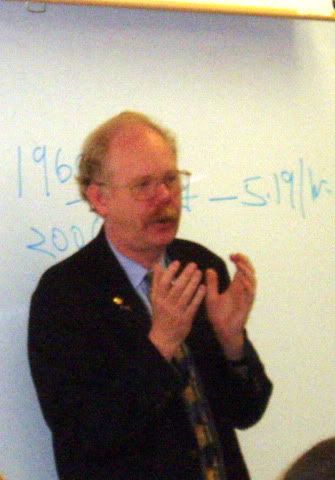The history of how the modern diversity movement came about is straightforward, but not very well-known.
In 1978, a case came before the US Supreme Court. The decision became important in the ensuing decades but only in ways not anticipated at the time. The University of California at Davis Medical School had denied the application of Alan Bakke who sued under the Civil Rights Act. The school agreed that Bakke had been passed over in favor of less-qualified minority candidates but said that it had a right to do so under its Affirmative Action program. The public saw this case as one that provided for a test of reverse discrimination. The Court found for Bakke and determined that he was entitled to go to the school but the decision was 5-4 and there were six separate opinions. The swing vote was Lewis Powell, a Nixon appointee. Powell wrote: “The file of a particular black applicant may be examined for his potential contribution to diversity without the factor of race being decisive when compared, for example, with that of an applicant identified as an Italian-American (emphasis added) if the latter is thought to exhibit qualities more likely to promote beneficial educational pluralism. Such qualities could include exceptional personal talents, unique work or service experience, leadership potential, maturity, demonstrated compassion, a history of overcoming disadvantage, ability to communicate with the poor, or other qualifications deemed important. In short, an admissions program operated in this way is flexible enough to consider all pertinent elements same weight. Indeed, the weight attributed to a particular quality may vary from year to year…”
Not a single justice endorsed Powell’s comment on diversity. Yet the citing of diversity by Powell was to become, by far, the most significant part of the case. “The idea of diversity as a legitimate goal for those who shape the future of our society sprang into existence on June 28, 1978, when Justice Lewis Powell of the United States Supreme Court issued his opinion in Regents of the University of California v Bakke.” Source: Peter Wood, Diversity: The Invention of a Concept (San Francisco, Encounter Books, 2003), p. 99. Wood is an excellent source to whom I owe much on this topic.
Sprang into existence” is not a careless figure of speech:
• The UC Davis Medical school had opened only in 1968 and did not have record of discrimination.
• The arguments before the Court were about grades and test scores. Both ides focused on numbers, not diversity.
• The University did not make a developed argument about diversity.
• There is little mention in the newspapers of the 1970’s about diversity (in the modern sense.)
• There are no law review articles pre-Bakke that focus on diversity in … (the diversity-is-educationally worthwhile) sense…” Recall: this was the era of forced desegregation and court ordered busing.
• Diversity does not appear in a reverse discrimination case of the early 1970’s involving a law school – DeFunnis v Odegaard (1973)
• Powell cited no decisions.
In effect, Powell refused to choose between two blocks of his colleagues, both of which stood for principled positions. One block held for straight
Affirmative Action. The other block held for a color blind approach. Powell wrote of "diversity" and created a social movement.
Sunday, August 26, 2007
Subscribe to:
Post Comments (Atom)

No comments:
Post a Comment